12 U.S. States With The Highest Populations Of Mountain Lions
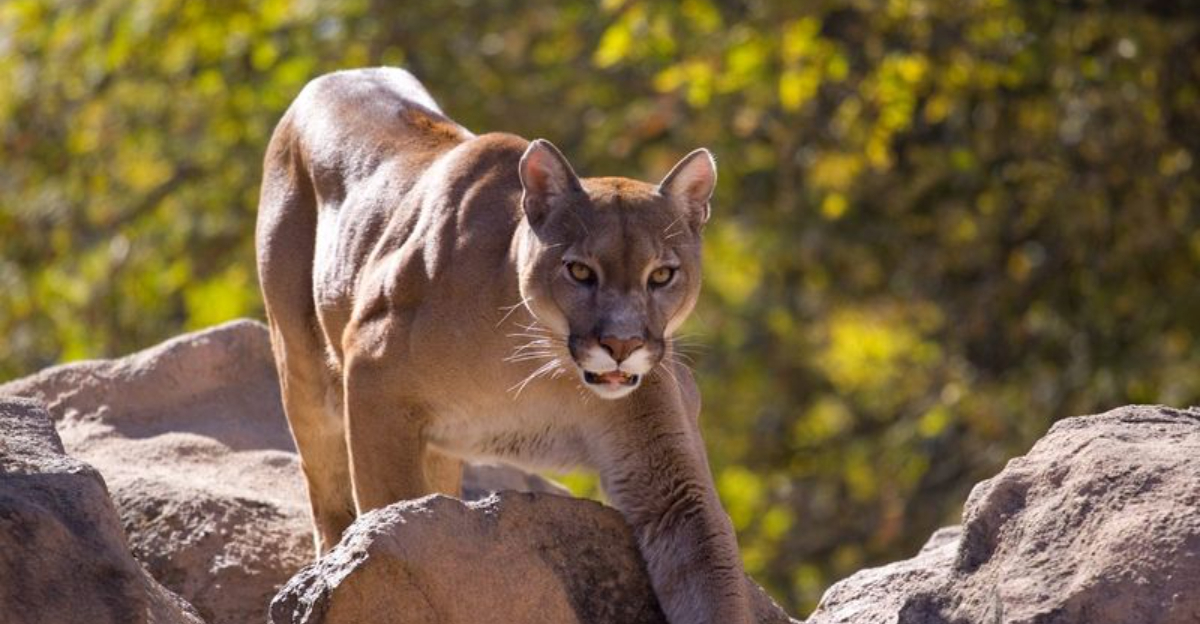
Mountain lions, also known as cougars or pumas, are one of North America’s most iconic and elusive predators. Found across a variety of landscapes, from dense forests to arid deserts, these big cats are incredibly adaptable and thrive in diverse environments.
Some U.S. states are particularly known for their high mountain lion populations, where these powerful animals roam freely in the wild. From the rugged mountains of the Rockies to the vast wilderness of the West, these regions provide the perfect habitat for mountain lions.
1. Texas
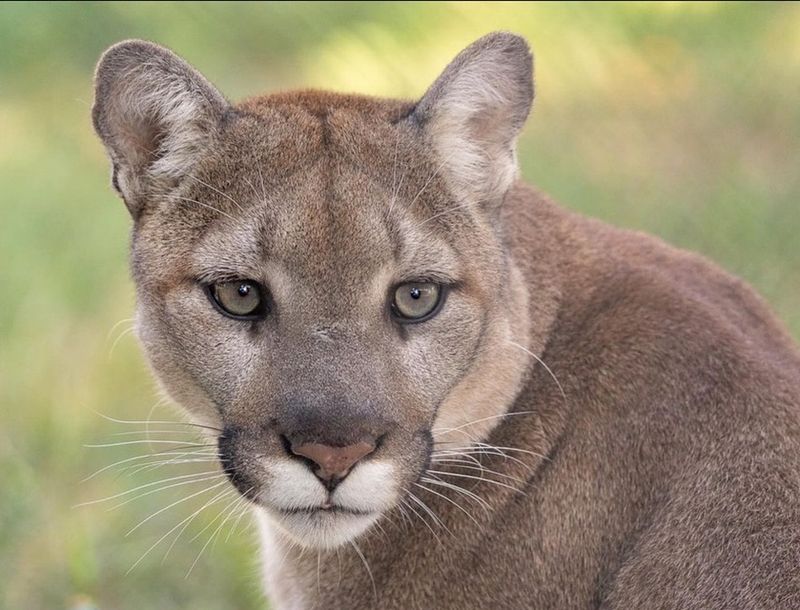
When it comes to mountain lion populations, Texas is definitely a leader.
The vast, rugged landscapes of the state; especially in areas like the Trans-Pecos; are perfect for mountain lions, and it’s estimated that around 5,600 of these majestic cats roam the wilds of Texas.
From the desert to the forested regions, mountain lions thrive here, playing a key role in the local ecosystem.
2. South Dakota
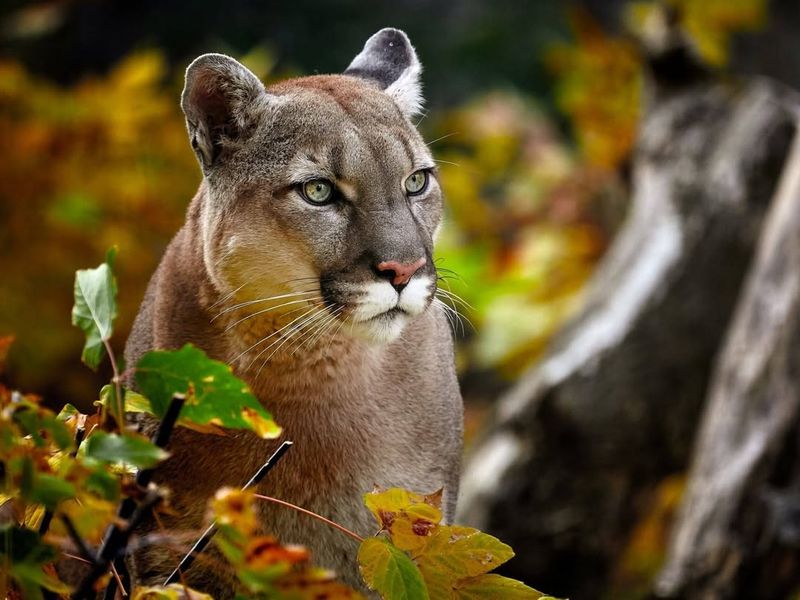
South Dakota might not be the first place that comes to mind when you think of mountain lions, but this state has quietly become home to a growing population.
With estimates ranging from 300 to 500 mountain lions, the rolling hills and expansive forests provide ideal habitats for these elusive predators. As their numbers increase, these cats are becoming more visible in the state’s wilderness areas.
3. California
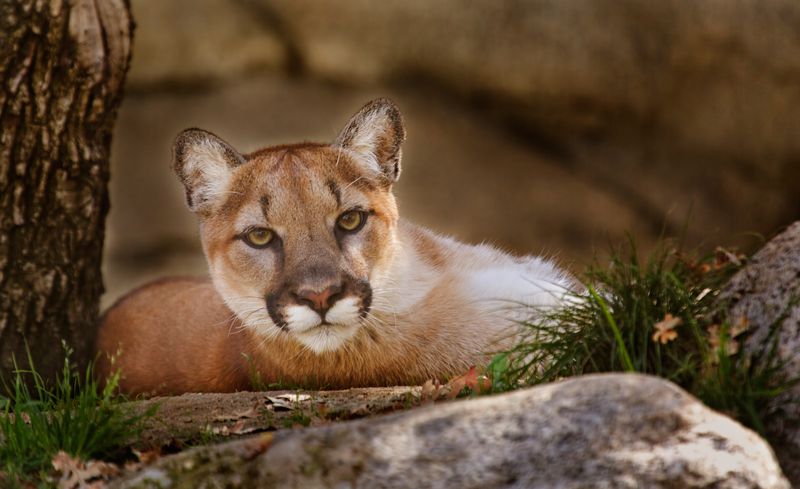
California is a major hotspot for mountain lions, with approximately 4,500 of these big cats roaming the state. From the Sierra Nevada mountains to the coastal ranges, California’s diverse ecosystems provide plenty of territory for mountain lions to claim as their own.
Whether in the rugged wilderness or even near urban areas, these cats are a significant part of the state’s wildlife landscape.
4. Colorado
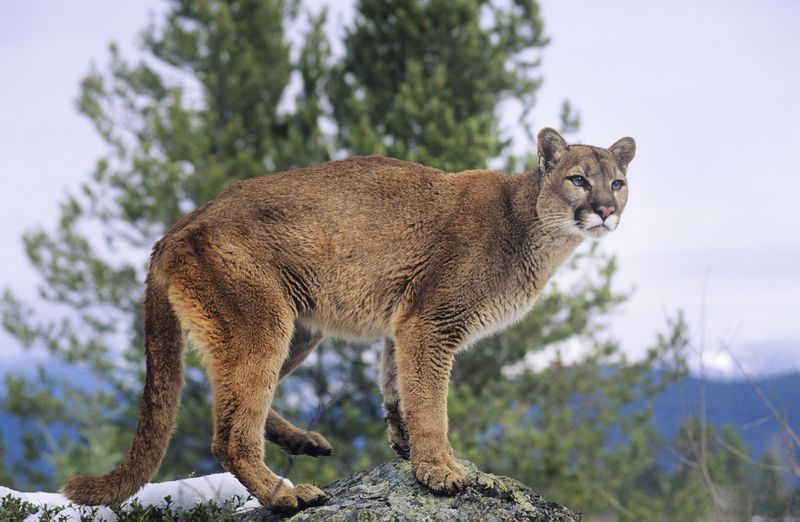
Mountain lions are abundant in Colorado, with estimates suggesting between 3,000 and 7,000 of these animals live throughout the state.
The Rocky Mountains and surrounding areas offer an ideal environment for them to hunt and roam. Colorado’s wide-open spaces and forests are home to these apex predators, who help maintain the balance of local wildlife populations.
5. Arizona
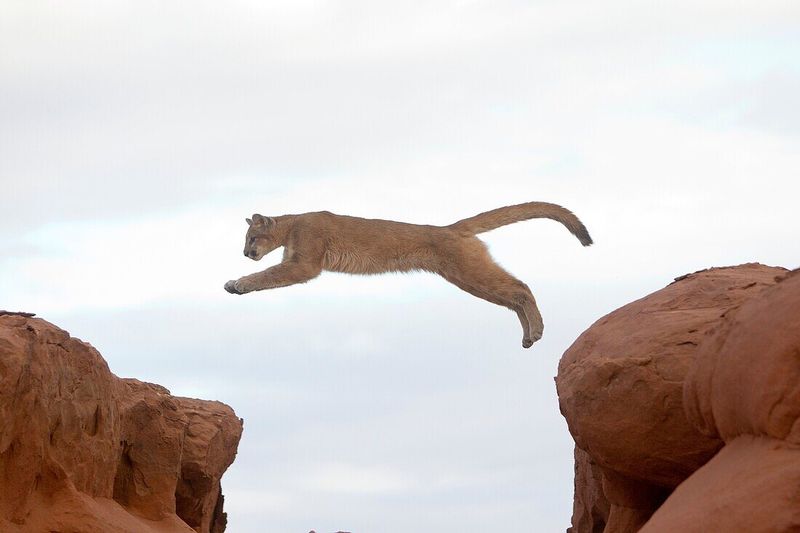
In Arizona, mountain lions are as much a part of the landscape as the rugged deserts and mountains they call home.
With an estimated population of 1,300 to 2,700, these cats thrive in Arizona’s varied terrain, from the Grand Canyon to the Sonoran Desert. Mountain lions are well-suited for Arizona’s landscapes and play an important role in the local ecosystem.
6. Utah
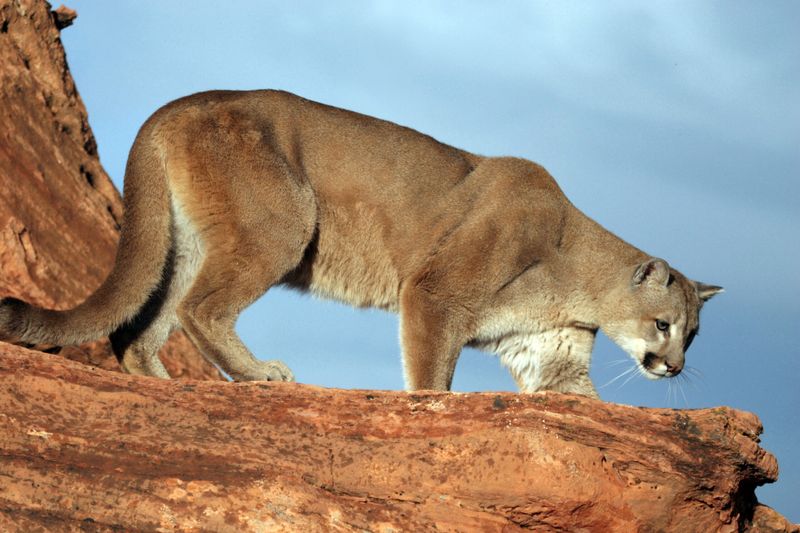
Utah is known for its stunning landscapes, and it also boasts a healthy population of mountain lions.
With an estimated 1,600 to 2,700 mountain lions, the state’s mountainous terrain and vast wilderness areas provide perfect conditions for these animals to live and hunt.
Whether in the deserts or the rugged highlands, mountain lions in Utah are widespread and vital to the state’s ecosystem.
7. Montana
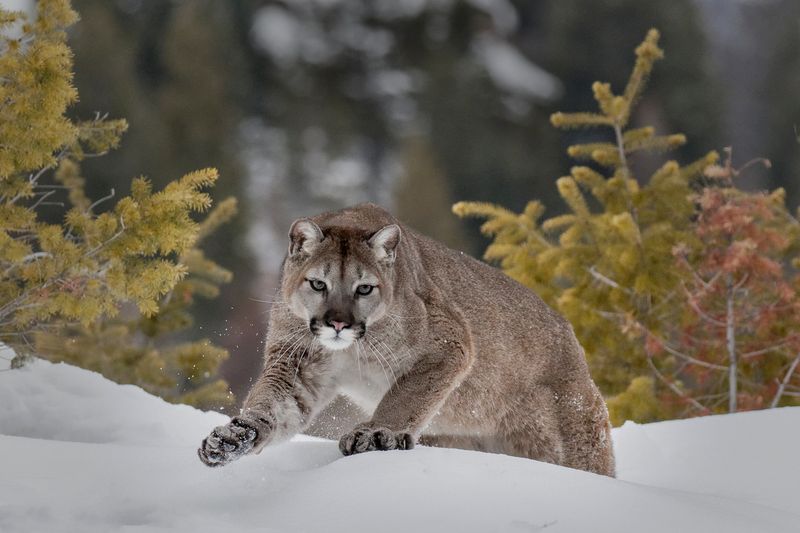
The mountains of Montana are prime real estate for mountain lions.
This state has a population estimated between 2,400 and 4,000, making it one of the top places to find these elusive big cats. With its vast open spaces and dense forests, Montana provides the perfect habitat for mountain lions to thrive in the wild.
8. Oregon
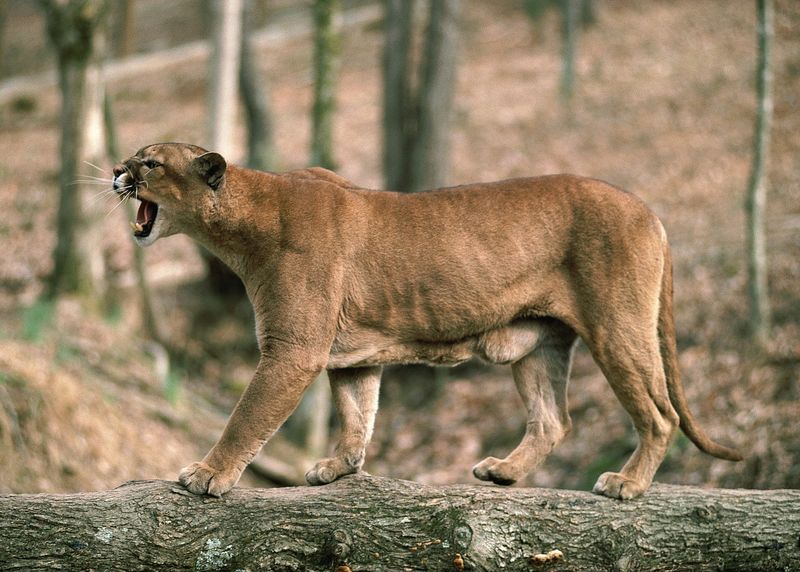
Mountain lions have made a significant home in Oregon, with over 6,000 living throughout the state. Oregon’s combination of dense forests, coastal ranges, and mountain valleys offers plenty of space for these majestic cats to hunt and roam.
They’re an integral part of the state’s natural beauty, often seen in the wild regions of southern and central Oregon.
9. Washington
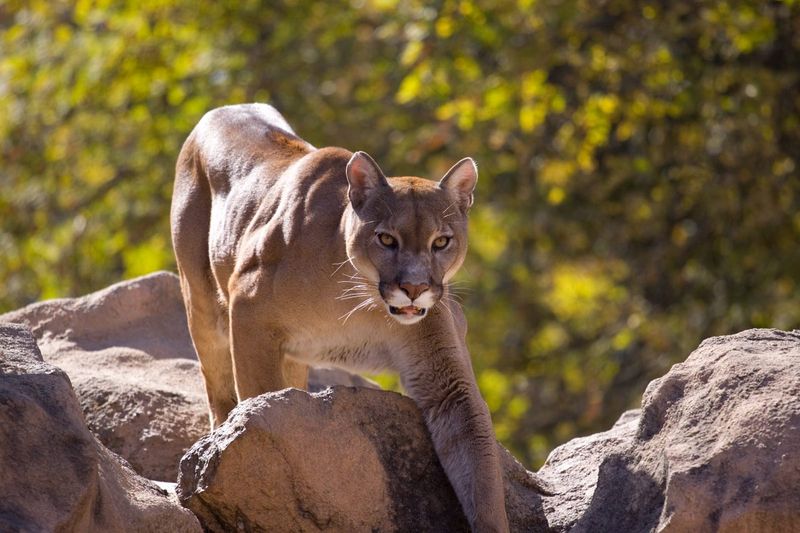
Washington’s wilderness is a sanctuary for mountain lions, with an estimated 3,600 of these animals scattered across the state.
From the dense forests of the Olympic Peninsula to the open spaces of Eastern Washington, mountain lions are comfortable in a variety of habitats. The state’s rugged terrain and abundant wildlife make it a perfect place for these big cats to live.
10. Idaho
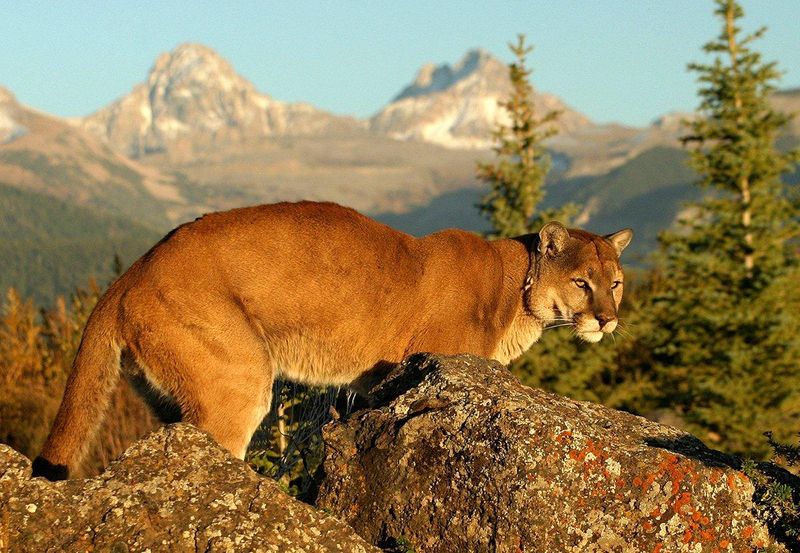
Idaho’s mountain lion population is estimated to be around 2,000, with the animals spread out across the state’s forests, mountains, and river valleys.
These apex predators have plenty of room to roam in Idaho’s wild and scenic landscapes. Whether in the Sawtooths or the Clearwater Mountains, mountain lions are a vital part of Idaho’s diverse wildlife.
11. New Mexico
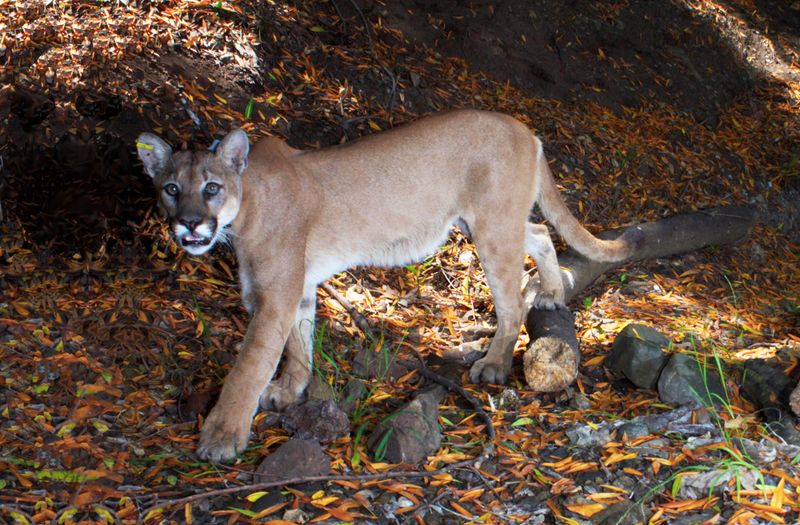
Mountain lions in New Mexico are widespread, with an estimated population of 3,500.
The state’s rugged landscapes, including the Rocky Mountains and expansive deserts, provide the perfect habitat for these big cats. Their presence is felt across the state, from the forests in the north to the arid southwestern regions.
12. Wyoming
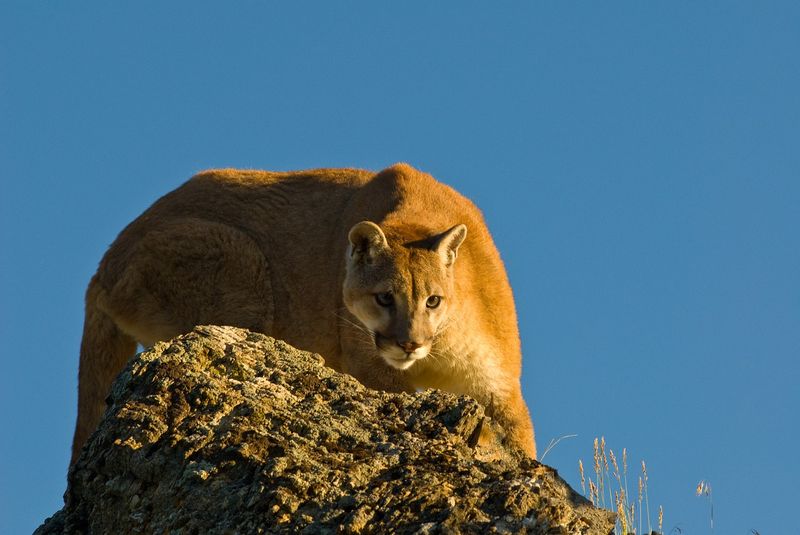
Wyoming’s vast wilderness is home to around 2,000 mountain lions. The state’s mountainous terrain, including the Teton and Wind River ranges, provides an ideal environment for these elusive cats.
With abundant wildlife and little human interference, Wyoming’s natural landscapes are perfect for mountain lions to thrive.






